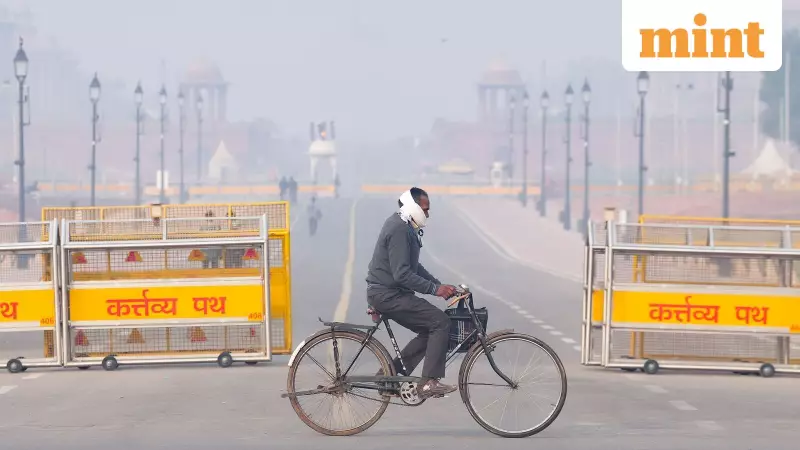
Delhi's air quality plunged to severe levels, prompting an immediate emergency response from authorities. On November 22, 2025, the Commission for Air Quality Management (CAQM) took decisive action by implementing Stage IV of the Graded Response Action Plan (GRAP). This move comes as a thick layer of smog continued to blanket the national capital, posing serious health risks to its residents.
What GRAP Stage IV Restrictions Entail
The revised GRAP measures directly impact daily work life in the city. As per the new directives, the Government of the National Capital Territory of Delhi (GNCTD) and the respective state governments in the NCR have been tasked with a crucial decision. They must ensure that all public, municipal, and private offices operate at a reduced capacity of 50%. The remaining half of the workforce is mandated to work from home.
This is not limited to state offices. The Central Government is also considering a similar approach for its employees. An appropriate decision is expected on permitting work from home for staff in central government offices, aiming to minimize the movement of people and vehicles on the already polluted streets.
Broader Implications and Context
The invocation of GRAP Stage IV is a clear indicator of the critical pollution levels Delhi is facing. The CAQM's decision was triggered after several air quality monitoring stations across the city reported readings in the 'severe' category. This is the highest level of alert under the GRAP framework, signifying that the pollution concentration is hazardous to public health.
While the focus is currently on restricting office attendance, the GRAP Stage IV protocol typically includes a basket of other measures aimed at reducing emissions from various sources. The primary goal is to prevent further deterioration of the air quality and provide some relief to the citizens grappling with the toxic smog.





